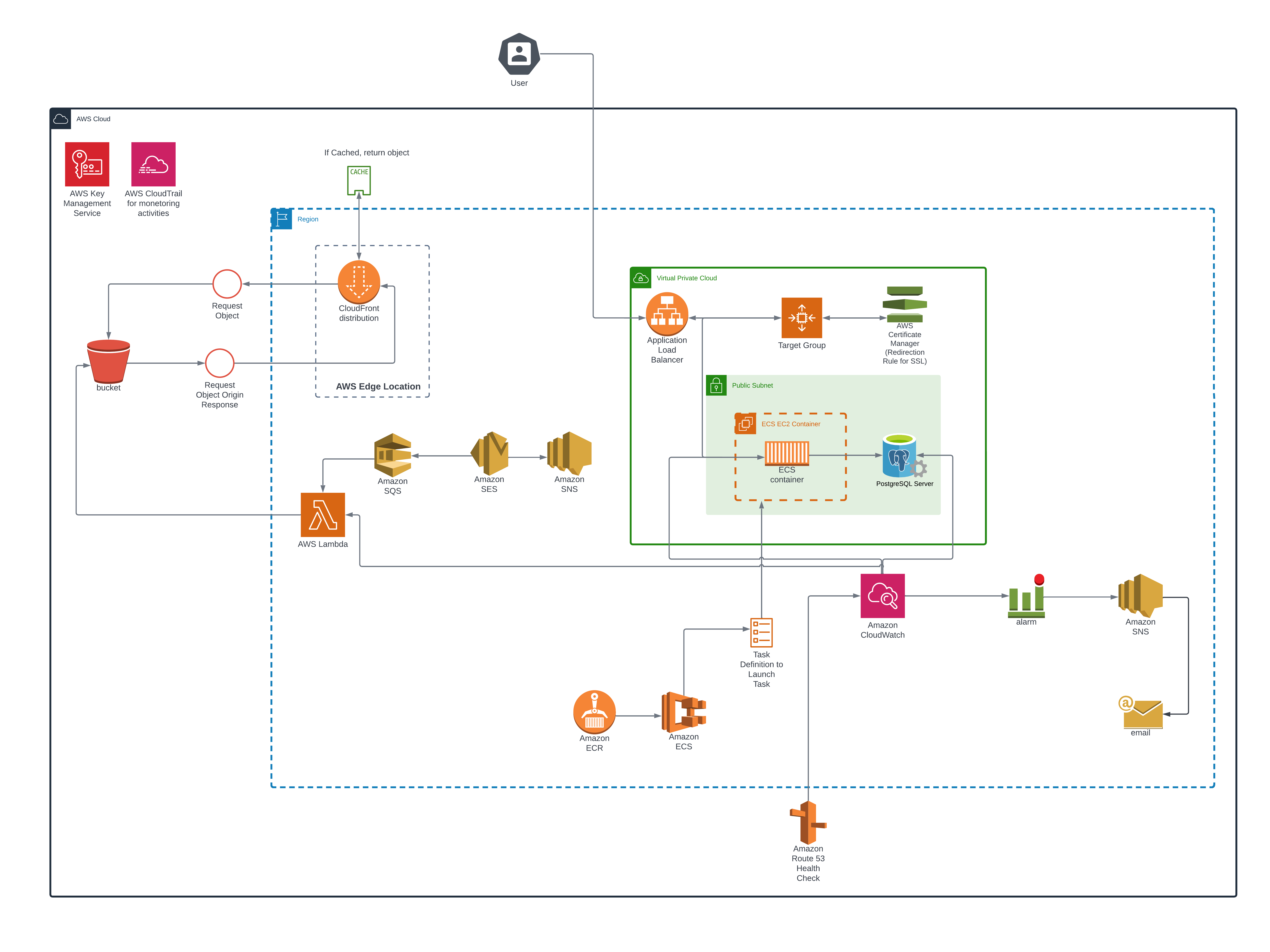MediaCentric: An app that helps streamline the on-field work.
Category: Audio Visual/SaaS
Services: Managed Engineering Teams, DevOps, Cloud Architecture Design, and Review
Category: Audio Visual/SaaS
Services: Managed Engineering Teams, DevOps, Cloud Architecture Design, and Review

The client, a leading U.S. full-service organization in the AV/IT industry, needed a robust SaaS solution to efficiently manage their field workers and track their tasks. With our expertise in building secure and scalable SaaS platforms, we proposed a solution that included multi-tenancy support, ensuring that the client could easily manage multiple customers on a single platform.
